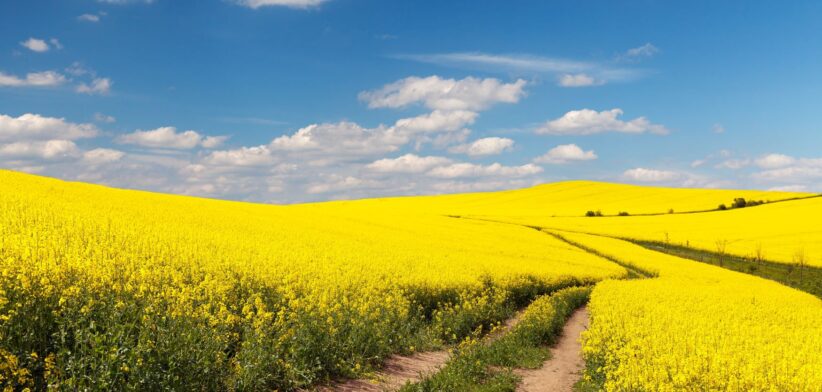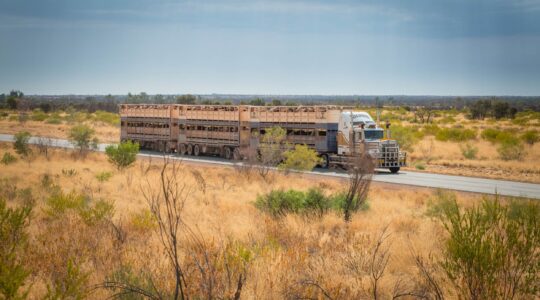Planting crops near native vegetation can boost yields by up to 20 percent.
Ecologists from the University of South Australia say they have proof native vegetation is critical for healthy crop yields and should be protected in agricultural regions.
Associate Professor Sophie Petit said their study evaluated the impact of native roadside vegetation and small, isolated patches of fragment vegetation on pollination rates and crop yields for canola and faba beans in the Yorke Peninsula.
Associate Professor Petit said canola and faba bean pods within 200m of native vegetation, where pollinating insects lived, produced more seeds and subsequently higher yields than those unpollinated by animals.
She said the increase in seed set near vegetation, compared to the centre of a field, was up to 20 percent higher for canola and 12 percent higher for faba beans, with the larger patches of vegetation producing the best results.
Study co-author, PhD student Bianca Amato, said the results were significant, given the study area had been extensively cleared for agriculture over time.
Ms Amato said it contained less than 13 percent of native vegetation, and roadside vegetation was often the only habitat for pollinating insects in that region.
“The findings confirm that both fragment and roadside vegetation improve pollination and crop yields. Roadside vegetation plays a strong role but is often threatened by clearance,” she said.
“Pollinators are essential for sustainable farming, although their habitat is often overlooked in intensive agriculture. Preserving roadside vegetation and remnant patches could provide a simple way to support both biodiversity and crop production.”
Read the full study: Influence of fragment and roadside vegetation on canola (Brassica napus) and faba bean (Vicia faba) pollination in South Australia.








